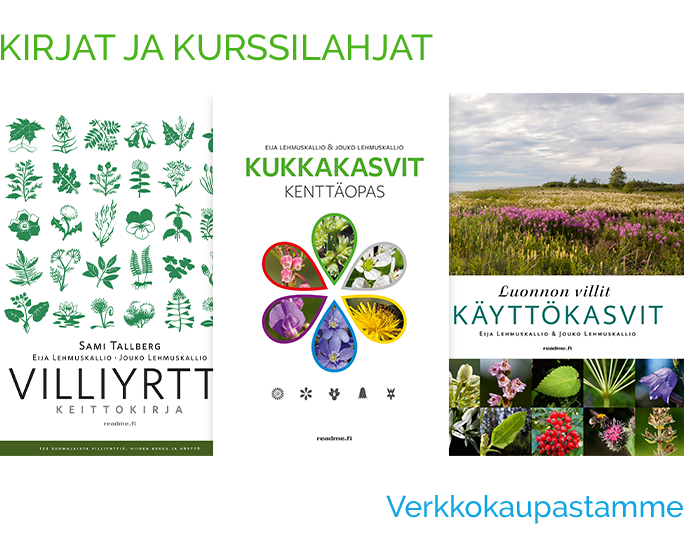Ruff
Calidris pugnax

Scientific synonym
Philomachus pugnax
Appearance
Long-legged waders with slender necks, small heads and medium-length bills. Males considerably larger than females. Males in summer plumage have striking ruffs and ear tufts of varying colours. Whitish markings on rump form a V-shape on birds in flight.
Size
Length 31–34 cm (male), 25–26 cm (female), wingspan 52–60 cm (male), 46–50 cm (female), weight 168–242 g (male), 85–126 g (female).
Nest
In a depression among vegetation, lined with dry grass. Builds a roof-like cover over the nest made of growing grass.
Breeding
4 eggs laid in May–June, incubated by female for 21–24 days. Fledglings leave the nest soon after hatching and quickly learn to find food. They learn to fly within about 23 days.
Occurrence
Nests in marshes and wetlands. Breeding numbers declining in Southern and Central Finland. Finnish breeding population estimated at 5,000–8,000 pairs.
Migration
Males fly south in June or July, females and juveniles migrate later, July–September. Birds of both sexes return April– May, after wintering around the Mediterranean and in Africa.
Diet
Small invertebrates and plant material.
Calls
Unusually quiet for a wader. Call a faint “veh veh”.
Endangerment
Critically endangered, protected in Finland. Finland is home to about a quarter of the EU’s breeding Ruff population. European red list status (also globally) Least concern.
In their breeding plumage in May–June male Ruffs have a ruff-like collar and long ear tufts. These appendages can be of various colours on different individuals, from black or brown to orange or white with pronounced black stripes. The colouring on male’s backs also varies greatly. They lose their decorative breeding plumage in early July, and in late summer they resemble mature females. Females, known as Reeves, have dark colouring on their backs with grey or yellowish brown edges to many of their back feathers. Their pale brownish flanks and chests are marked with crosswise reddish brown and black streaks. The upper parts of their flanks are marked with dark spots. Juveniles resemble females, but have more uniform unmarked yellowish underparts, and upper parts marked with colourful scale-like patterning, formed by feathers that have dark centres and pale yellowish brown edges.
Ruffs’ legs vary in colouring both seasonally and according to their age (greenish, yellowish brown or flesh-coloured). In spring the colouring of males’ bills also varies greatly (yellow, brown, red). Females, juveniles and males in autumn plumage have dark brown bills with a yellow or pinkish base. Ruffs’ irises are dark brown. Good distinguishing features include their shortish, slightly downcurved bills, and in flight a white markings on their rump that form a V-shape with a central dark stripe. Their flight pattern is somewhat limp and twitchy, sometimes appearing haphazard. Male Ruffs gather in the springtime for collective courtship displays at sites known as leks. This phenomenon may be seen in Southern Finland during the birds’ spring migration.
